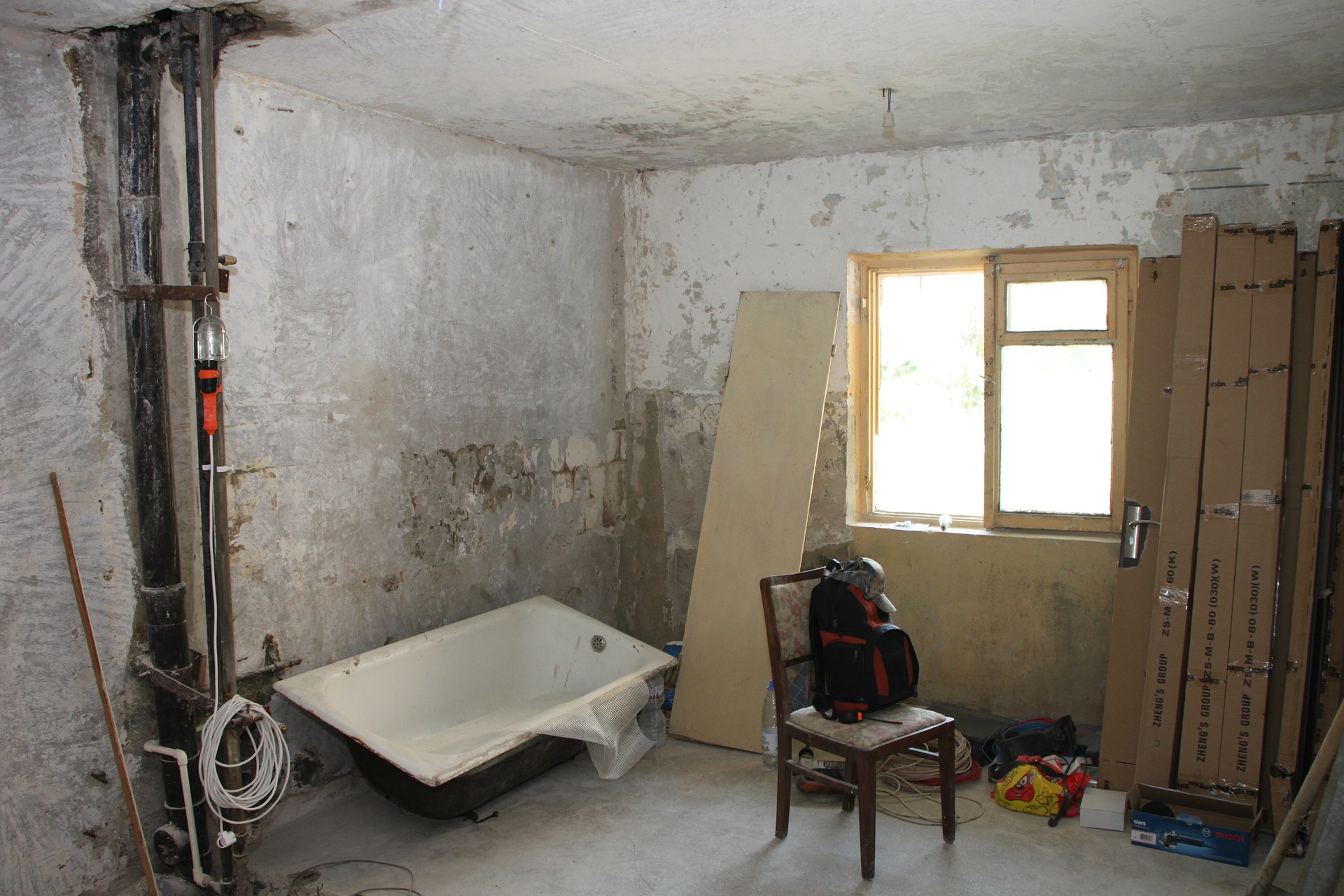Mesothelioma is a very rare form of lung cancer. It typically appears in individuals over the age of 55, as symptoms tend to appear between 20 and 50 years after the exposure which causes the cancer to grow. The main cause of mesothelioma is asbestos, which was used routinely in many occupations for many decades. Some workers today still deal with asbestos on a regular basis as they perform their jobs.
The most common symptoms of mesothelioma are breathing difficulty and chest pain; but may also include weight loss, high fever and night sweats or coughing.
Occupational Risk of Mesothelioma
Many occupations present an increased mesothelioma risk. Clearly, asbestos insulation workers have a high risk, and are up to 92 times more likely to get lung cancer than the average individual. Those who work in the manufacturing of industrial gases, pharmaceuticals, soaps and detergents, paints, inorganic pigments, plastics, and synthetic rubber are also at higher risk of the disease.
Here is a breakdown of those jobs and occupations which place people at a risk of this type of lung cancer.
- Manufactured asbestos product workers, rust removal professionals, abrasive manufacturers
- Vehicle repairmen, mechanics, plumbers, painters, plasterers, roofers, sheet metal workers, carpenters, dry wall installers
- Power plant personnel, offshore workers, steel mill workers
- Building inspectors, maintenance workers
- Ship builders, railway workers, construction workers, maritime workers, oil refinery workers
Asbestos Information
Asbestos was banned in the 1980s due to its health risks, but was used in many industrial and insulation materials as a fire retardant. So although the materials being used in these professions may no longer be dangerous, the presence and removal of asbestos when needed can still cause exposure.
The risk of developing mesothelioma lung cancer is correlated to the level of exposure to the cancer-causing agent. The danger of lung cancer is increased for those living in urban areas. There is also an increased risk of lung cancer in smokers, or those whose lungs are scarred from previous infections.
Asbestos is inhaled into the lungs. not only is the worker in danger, but a family member who handles their clothes may also be at risk. Fine asbestos dust can also be carried in an airborne manner, so those living near facilities or structures with asbestos, especially if construction, renovation or demolition is taking place, can also be affected.
Do You Have a Case?
In some cases, a workman’s compensation case may be appropriate to pursue, but there may be other avenues as well. Mesothelioma lawsuits are becoming increasingly prevalent as more seniors are finding themselves with lung cancer. There may also be grounds to file against a building or property owner who knowingly or unknowingly put tenants or visitors at risk by exposing them to asbestos.
There are many occupational hazards which may cause harm or even death, and it is up to the employer to take necessary measures to protect their employees. There are many unsafe working conditions which may apply, from ill-maintained equipment to improper safety measures and precautions. These may fall under personal injury, workman’s compensation or negligence case law.
If you feel that you or a loved one were put at unnecessary risk which has now negatively impacted your life, call the experts at Probinsky & Cole. We will sit down with you and discuss the details of your case to determine if you have grounds for legal action.








